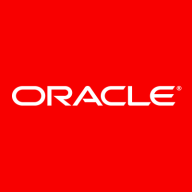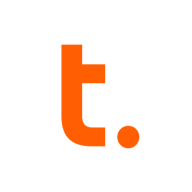

Teradata and Oracle Database Cloud Service are key players in enterprise data management systems. Teradata's advanced parallel processing capabilities give it an edge in high-performance computing scenarios.
Features: Teradata excels in parallel processing and scalability, allowing efficient data handling and integration with various tools. Its capabilities include in-database data mining and comprehensive workload management. Oracle Database Cloud Service supports multi-cloud capabilities with AWS and Azure, offers a seamless cloud experience, and includes robust online documentation. Its advanced technology and flexibility make it a strong candidate for cloud-based solutions.
Room for Improvement: Teradata faces high costs and complex integrations. Enhancements are needed in cloud services and handling unstructured data. Oracle Database Cloud Service could improve support services, compatibility with varied operating systems, and affordability for large-scale applications.
Ease of Deployment and Customer Service: Teradata is typically deployed on-premises, providing strong support with occasional delays in technical assistance. It offers professional resources for detailed deployment. Oracle Database Cloud Service focuses on cloud deployment, ensuring good response times though it needs deeper technical support. Its cloud-centric approach facilitates flexible deployment across diverse environments.
Pricing and ROI: Teradata is considered expensive but delivers high ROI through powerful data management and robust performance. Pricing revisions aim for competitiveness though it remains a premium offering. Oracle Database Cloud Service is also deemed costly, with efforts to review pricing for competitiveness. Both products offer substantial value, particularly for larger enterprises, albeit at a premium cost.


Oracle Database Exadata Cloud Service (Exadata Service) delivers the world's best Cloud Database Platform by combining the world's #1 database with Exadata, the most powerful database platform, and adding all the simplicity and cost effectiveness of the public cloud.
Teradata is a scalable data analytics platform designed to meet enterprise demands for large-scale data management and processing, focusing on performance, scalability, and security for complex query executions.
As a leading data warehousing solution, Teradata integrates advanced analytics enabling organizations to derive insights from massive datasets. It supports high-volume data workloads with its architecture optimized for analytical queries. Users benefit from its robust scalability, allowing seamless expansion as data grows. Teradata's SQL engine is compatible with a wide range of data types, ensuring flexibility in data analysis. With advanced security measures, it protects sensitive data across various environments, providing peace of mind to users handling critical information.
What are the most important features of Teradata?Teradata is widely used in industries like finance, telecommunications, and healthcare, where data-driven decisions are critical. Companies leverage its robust analytics capabilities to enhance customer experiences, streamline operations, and ensure compliance with regulatory requirements. In these sectors, quick access to data insights can significantly impact competitive advantage.
We monitor all Relational Databases Tools reviews to prevent fraudulent reviews and keep review quality high. We do not post reviews by company employees or direct competitors. We validate each review for authenticity via cross-reference with LinkedIn, and personal follow-up with the reviewer when necessary.